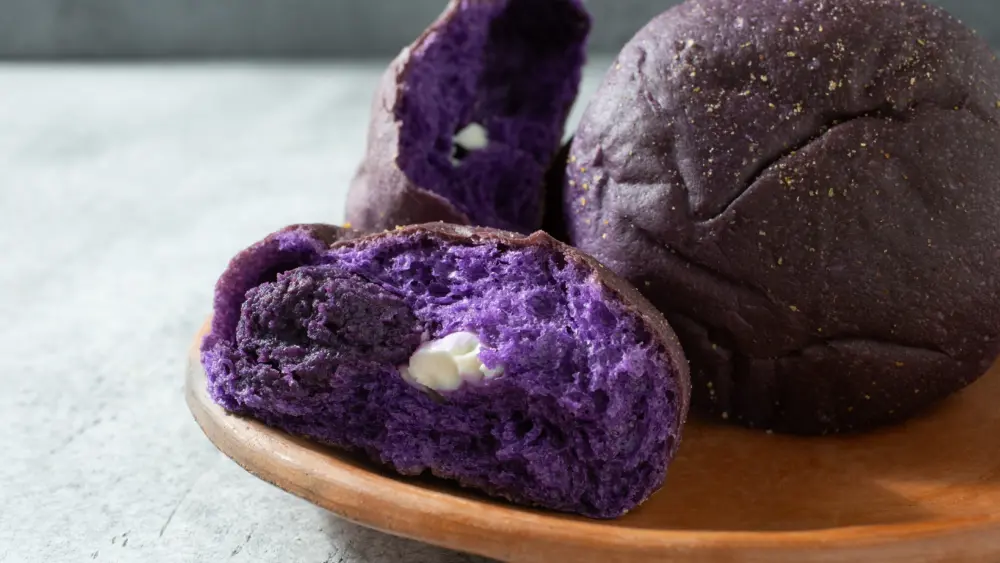Proclamations about the rise in popularity of Rosé have become almost as cliché as shout outs about pink being the new black. The former has street cred to back it. According to a 2017 Nielson report, Rosé sales weighed in at $207 million, up 54 percent from 2016.
A CNBC article cited a contributing factor to the success of the category, as the color itself. “Rosé has the added benefit of coming in a shade that has become known as ‘millennial pink.’ The soft hue burst onto the scene sometime in the last three years and has been prominent in clothing, housewares and food ever since. It is a trendy, aesthetically pleasing tone that is associated with luxury and youth.” Marvelous. Yet another thing we can credit to Millennials (no offense). Some feel the allure has less to do with the fetching hue and more to do with the no-fuss factor. Just clink and drink. Wine Bible scribe Karen MacNeil wrote, “You don’t have to know a single thing about wine to order a Rosé.”
Social media hashtags like #RoséAllDay, designer treats like Rosé flavored ice cream, and Sugarfina’s “Rosé All Day” gummy bears (which generated an 18,000-person waitlist) have only fueled the frenzy. Add to that flamboyant, boozy spectacles like Manhattan’s Rosé Mansion, which debuted last summer (and reopened in a new location this June). The mansion is the brainchild of Morgan First and Tyler Balliet (the social media maven covered here in August 2012), who together conceived of the idea to put the pink drink on a bedazzled pedestal and market it to Millennial Manhattanites. “This magical pink wine is an incredible vehicle for storytelling—from history to science, politics to economics, to food and culture. Rosé also has a long and unique story to share.”
The experience is billed as part wine bar, amusement park, and museum of science for wine—think San Francisco’s Museum of Ice Cream, but boozy. Guests sip Rosés from across the globe and wander through 14 pink-clad rooms that celebrate the summer swig to the extreme. One such zone boasts a wall of more than 100 Rosés to choose from and enough pink to make a toddler wail with glee. The website notes: “During this interactive experience, you’ll discover a whole new side of Rosé as you learn about the culture, history and science of this magical pink drink.”
Blurred lines and wines
Beyond ostentatious pink palaces there’s a proliferation of Rosé spinoffs: sparkling Rosé, Frosé (frozen Rosé), Brosé (manly Rosés), Rosé infused cider and liquor, and one of newest pink drinks to splash onto the scene—cannabis infused Rosé.
As more states legalize marijuana, lines blur over the relationship between alcohol and cannabis. This has done nothing to stop big players like Constellation Brands from getting in on the game. In 2018, the company invested $3.8 billion dollars in Canadian cannabis producer Canopy Growth. Newbies also have eyes on gaining the lead with avant-garde weed-and-wine opportunities, including Saka Wines, which released one of the first cannabis-infused non-alcoholic wine products in California this July. Founded by and powered by women, the company is intent on capturing the female demographic. The wine is billed as an “infused luxury,” beverage and packaged into beautifully designed bottles that are decidedly feminine. The line includes a still and sparkling brut Rosé. Saka describes the wine as a water-soluble infusion developed through a patent pending, science-based formulation. Grapes are sourced from a single vineyard in Napa Valley and blended with organically grown cannabis with patented THC and CBD ratios. The latter is designed to maximize the effect, which is supposed to hit within 5 to 14 minutes of consumption.
The idea of blending weed and alcohol has sent state legislators into a tailspin. California passed regulation AB2914 last September, which prohibits the addition of any CBD oil to cocktails at public establishments, thereby putting the kibosh on what had become a budding trend at hipster bars in Los Angeles. The state also released guidelines that prohibit the use of CBD in food and alcohol, thereby creating a clear line—a drink can either have cannabis or alcohol—not both. None of which spooked House of Saka Wine’s chief executive officer, Tracey Mason, who was cited in Forbes: “A luxury infused wine consumption experience can be achieved within these guidelines. By using alcohol free wines sourced from top vineyards in Napa Valley and then infusing them with terpenes specifically chosen to replicate flavors in wine, we are able to create an elevated wine occasion—without the alcohol and the calories and hangover that comes with it.”
Hangovers and caloric counts aside, it’s safe to say, the face of Rosé—in its many forms—is an ever-changing category, which shows no signs of slowing down.
Author
-

Christina Julian left Los Angeles and a career in advertising to sip and swirl for a living in Napa Valley, where she vowed to make wine and the discussions around it, more approachable. She’s covered everything from arts and entertainment to travel and leisure but remains true to her own words as a wine and food writer for The Infatuation. NorthBay Biz was one of the first regional publications she wrote for when she landed here more than a decade ago, and she’s never looked back. Learn more at christinajulian.com.
View all posts



